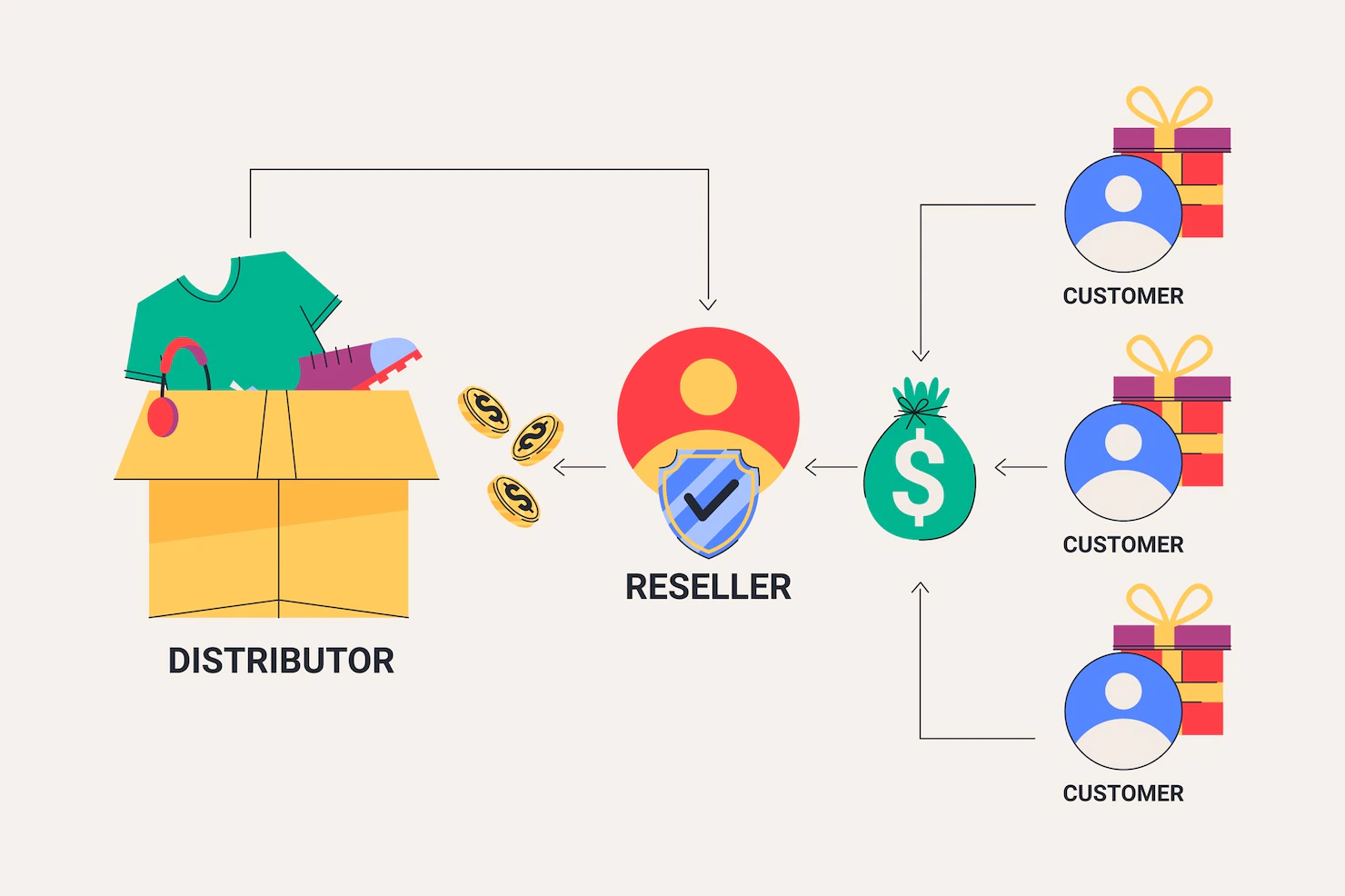Are you trying to decide between using Amazon FBA or Shopify for your online business? If so, you’re not alone.
This is a common question that many entrepreneurs and small business owners face as they try to figure out the best option for their needs.
In this blog post, we’ll compare Amazon FBA and Shopify to help you make the right decision for your business.
What is Amazon FBA?

Amazon FBA stands for “Fulfillment by Amazon” and it’s a service offered by the eCommerce giant that allows businesses to store and ship their products from an Amazon warehouse.
When you use Amazon FBA, all of the order fulfillment processes are handled by Amazon, from picking and packing orders to customer service inquiries.
This can be a great way to save time if you don’t have the resources (or desire) to handle order fulfillment on your own.
Amazon FBA (Fulfillment by Amazon) Pros

The primary benefit of using Amazon FBA is that you can leverage its extensive reach. With millions of customers already shopping on Amazon, you have a much larger potential customer base than if you were starting from scratch with a new website.
Additionally, having your items fulfilled by Amazon means that they handle the shipping and customer service aspects of your business, freeing up time for you to focus on other areas such as marketing or product development.
Finally, as an established marketplace, there are already existing tools like Seller Central that make it easy to manage your inventory and sales data in one place.
Amazon FBA Cons
The biggest drawback to using Amazon FBA is its fees. While their fees can vary depending on how much your item costs and how much storage space it takes up in their warehouses, they tend to add up quickly.
Additionally, because they are such an established marketplace with millions of sellers competing for customers’ attention, it can be difficult for new businesses to stand out amongst the crowd unless they have a unique product offering or excellent marketing strategy in place.
Finally, because Amazon has so many restrictions and regulations in place related to selling on their site, some businesses may find them too restrictive or difficult to work within.
What is Shopify?

Shopify is an eCommerce platform that allows businesses to create their own online stores with ease. It offers a range of features such as payment processing, marketing tools, analytics, product management, shipping options, and more – all designed to help businesses succeed online.
Unlike Amazon FBA, Shopify doesn’t handle any of the order fulfillment processes – it simply provides the tools needed to build an effective online store.
Shopify Pros

One of the primary benefits of using Shopify is its user-friendly interface. This makes it easy for anyone—even those without any coding skills—to create an attractive website with all the features needed for successful eCommerce operations.
Additionally, Shopify offers tons of plugins and apps that help merchants optimize every aspect of their store from customer service to marketing automation.
Finally, Shopify provides access to its own payment gateway so that merchants don’t need to worry about setting up third-party processing solutions like PayPal or Stripe separately.
Shopify Cons
One downside of using Shopify is that it requires more manual effort than Amazon when it comes to fulfilling orders and managing customer service inquiries since there isn’t an automated system like Seller Central in place yet.
Additionally, while Shopify does offer access to its own payment gateway services (which come with additional fees) merchants are still required to set up third-party processing solutions if they want customers who don’t use credit cards or PayPal accounts as payment methods to accept payments through their store.
Finally, because Shopify doesn’t have as wide a reach as Amazon does yet (especially internationally), merchants may struggle with getting enough traffic initially while they build their brand awareness online.
Which One Is Right For You?

The answer depends on what your goals are for your business. If you want a hands-off approach with order fulfillment taken care of for you then Amazon FBA might be the better option – however, it does come at a cost in terms of fees charged by Amazon.
If you prefer more control over how orders are fulfilled then Shopify could be better suited since it gives complete control over shipping and order processing but requires additional work on your part. Ultimately it comes down to personal preference and budget.
Also, Read:
- What You Should Know About Amazon FBA Fees
- What Is Shipping to Amazon FBA Rapid Express Freight?
- How Long Does It Take To Get Paid By Amazon FBA?
- Amazon FBA vs Dropshipping: Which is Better for Your Business?
Conclusion: Amazon FBA vs Shopify
When deciding between using Amazon FBA or Shopify for your online business there are several factors that need to be taken into consideration such as budget, resources available, technical knowledge, and desired level of control over order fulfillment processes among others.
We hope this article has given some insight into these two services and helped point you in the right direction toward making the best choice for your business needs!
